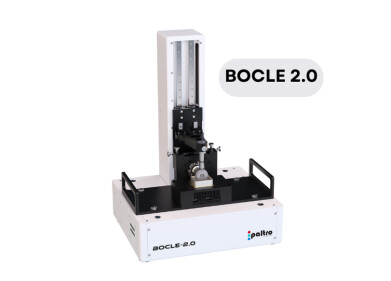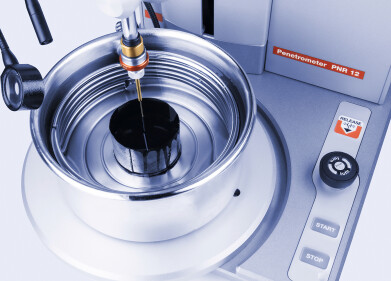Measurement and testing
How to Customise your GC analysis of Oxygenates traces?
Feb 15 2022
Several test methods are available for the trace analysis of oxygenates in hydrocarbon matrices, such as ASTM D7059, D7423, D7754 or UOP 960. Da Vinci Laboratory Solutions (DVLS) offers a range of Low Oxygenates (LowOx) Analysers that comply with these test methods. All LowOx analysers are based upon the Agilent Technologies 8890 gas chromatography (GC) platform and configured with dedicated hardware to meet the lowox analysis requirements.
UOP 960 Configuration
The LowOx UOP 960 analyser uses a valve configuration to determine trace levels of individual oxygenates in refinery gas streams, C4 liquefied petroleum gas (LPG), light isomerate and naphtha.
ASTM D7059 Configuration
The LowOx D7059 Analyser characterises Methanol traces in Crude oils. The GC system is designed with a mid point blackflush setup and Programmable Temperature Vaporiser (PTV) to backflush heavier components and to detect the oxygenates traces.
ASTM D7423/D7754 Configuration
Da Vinci offers one GC configuration for the ASTM D7423 & D7754 analyses of oxygenates traces in gasoline & liquid hydrocarbon matrices. The GC system uses the Deans switching technique to cut the oxygenates traces from the hydrocarbon matrix.
Customised GC Configuration
To extend the analysis to other components of interest or to achieve lower detection limits down to ppb level Da Vinci offers various options, such as:
- an additional Flame Ionisation Detector for an additional analysis of the components of interest;
- a Liquid Sampling Valve or Gas Sampling Valve for the sampling of liquefied gases;
- a Liquefied Gas Injector for the ppb level detection of oxygenates in liquefied gases;
- a Pressure Station for a representative sample introduction of gases and liquefied gases.
Detection at ppb level
The Liquefied Gas Injector (LGI) is a dedicated GC solution for direct injection of C3 - C4 streams. The LGI uses a standard GC needle which is inserted into a GC injection port. Solenoid activation transfers the pressurised liquid sample directly onto the GC inlet.
The direct injection approach of the Liquefied Gas Injector (LGI) is based on the fuel direct injection technique used by the automotive industry. The LGI can be used to detect oxygenate traces down to 100 ppb.
Representative Sample Introduction
To allow a safe and representative sample introduction of a (liquefied) gas Da Vinci developed the DVLS Pressure Station. The Pressure Station keeps the liquefied gas sample pressured at a constant level. This is especially required for LPG or other liquefied gases to ensure a representative analysis. The sample cylinder is safely mounted onto the Pressure Station using quick connectors. Optionally the Pressure Station can also be configured with a vaporiser for a gas injection. The waste sample is vented to a central waste system to ensure laboratory safety.
Key Benefits
- Compliance with ASTM D7059, D7423, D7754 or UOP 960
- High quality GC hardware based on Agilent platform
- Multidimensional configuration setup
- Trace analysis of oxygenates in various hydrocarbon matrices down to 100 ppb using the Liquefied Gas Injector (LGI)
- Dedicated options available to customise the oxygenates analysis
Digital Edition
PIN 25.6 Buyers' Guide
January 2025
Buyers' Guide Directory - Product Listings by Category - Suppliers Listings (A-Z) Articles Analytical Instrumentation - ASTM D7042: The Quantum Leap in Viscosity Testing Technology -...
View all digital editions
Events
Jan 20 2025 San Diego, CA, USA
Jan 22 2025 Tokyo, Japan
Jan 25 2025 San Diego, CA, USA
SPE Hydraulic Fracturing Technology Conference and Exhibition
Feb 04 2025 The Woodlands, TX, USA
Feb 05 2025 Guangzhou, China





















